The Moon, once considered a mysterious land, has now become the center of world attention as it is believed to contain millions of tons of helium-3 – an extremely rare isotope that promises to create a turning point for future energy and technology.
Strategic resources outside the Earth
Helium-3 is a light, non-radioactive isotope that has been buried under fine dust on the Moon's surface by the solar wind for billions of years. On Earth, this gas is almost non-existent naturally, with the limited supply coming only indirectly from the decay of tritium in nuclear stocks, only a few thousand to tens of thousands of liters per year, too little compared to demand.

Helium-3 is a light, non-radioactive isotope (Illustration: Getty).
Conversely, studies suggest that the lunar surface may contain up to millions of tons of helium-3, albeit at low concentrations.
Just a small amount is enough to power an entire country for a long time. Unlike traditional fusion reactions, using helium-3 produces almost no long-term radiation, so it is considered a potential clean fuel.
Beyond energy, helium-3 has value in quantum computing, medicine , and security. It is used in dilution refrigerators to cool qubits to extremely low temperatures, helping to preserve their fragile quantum states. Other applications include radiation detectors, MRI imaging technology, and cooling quantum computers.
The race to mine the moon
This potential has turned helium-3 into a strategic commodity. The US and China are the two "big guys" in the lunar exploration program. Russia, Europe, India and many other countries are also participating.

Despite its huge reserves, helium-3 is extremely difficult to exploit (Photo: Getty).
Each country has research plans, sent robotic explorers and prepared mining technology. The US has enacted a law recognizing ownership of space resources since 2015 and promoted Artemis Accords agreements.
China and Russia are not participating but have publicly announced their intention to build a joint research station on the Moon in the 2030s.
Major tech companies have also expressed interest. Microsoft and Maybell Quantum have expressed their willingness to sign long-term contracts if there is a stable supply. The US Department of Energy even purchased 3 liters of helium-3 from the Moon in mid-2025, opening a pilot supply chain.
The huge challenges
Despite its vast reserves, helium-3 extraction is extremely difficult. The concentration of the gas in lunar soil is very low. To obtain a few liters, the volume of soil equivalent to a large swimming pool must be processed. The process involves excavating the soil, heating it to release the gas, separating the helium-3 from helium-4 and other volatile compounds, and then storing and transporting it back to Earth.
Every step presents potential obstacles. Ultra-fine lunar dust can abrade equipment and create static electricity. The vacuum and low gravity affect the way machines operate. Remote control is limited by signal latency.
Several startups are testing new solutions. Interlune has developed a mobile device that can scoop and heat soil on the go, processing hundreds of tons per hour. But the technology for separating the gas at low concentrations, storing it safely, and transporting it back to Earth is still not fully understood.
The US Geological Survey report states that helium-3 remains an “untapped resource” from an economic and technical standpoint. The initial projects, if successful, are likely to be more strategic than profitable.
The answer will depend over the next decade on technology, funding, and international diplomacy. But the rewards helium-3 promises are large enough to motivate leading powers to persist in pursuing the Moon race.
Source: https://dantri.com.vn/khoa-hoc/cuoc-dua-khai-thac-tren-mat-trang-20250927082225550.htm




![[Photo] Hanoi morning of October 1: Prolonged flooding, people wade to work](https://vphoto.vietnam.vn/thumb/1200x675/vietnam/resource/IMAGE/2025/10/1/189be28938e3493fa26b2938efa2059e)

![[Photo] President of the Cuban National Assembly visits President Ho Chi Minh's Mausoleum](https://vphoto.vietnam.vn/thumb/1200x675/vietnam/resource/IMAGE/2025/10/1/39f1142310fc4dae9e3de4fcc9ac2ed0)
![[Photo] Keep your warehouse safe in all situations](https://vphoto.vietnam.vn/thumb/1200x675/vietnam/resource/IMAGE/2025/10/1/3eb4eceafe68497989865e7faa4e4d0e)
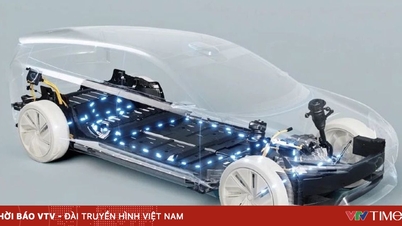




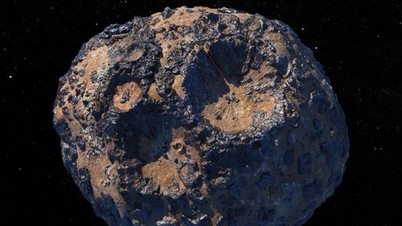



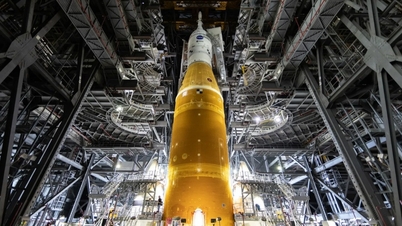
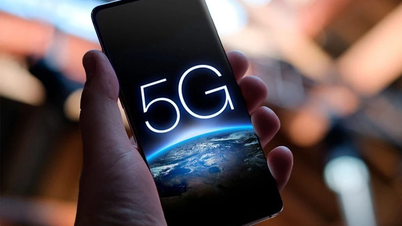

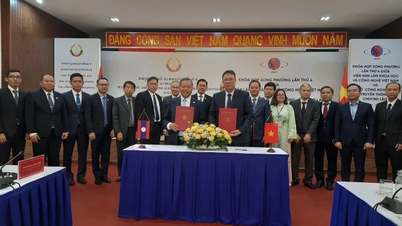

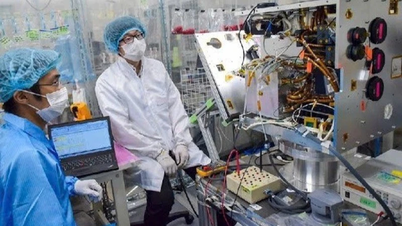

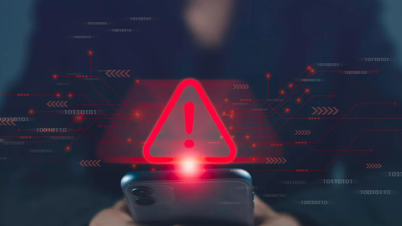

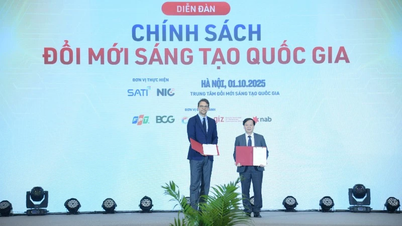







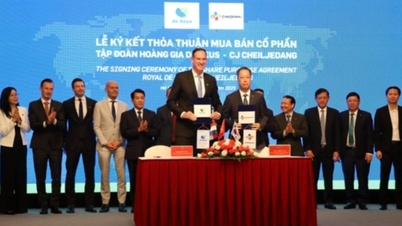
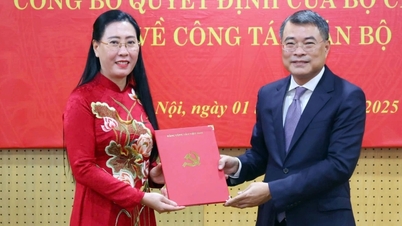



































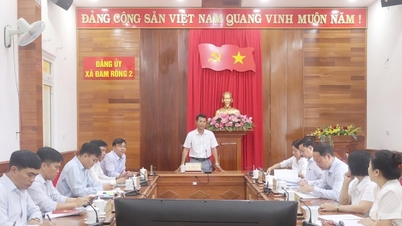






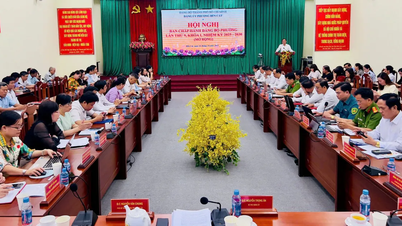














Comment (0)